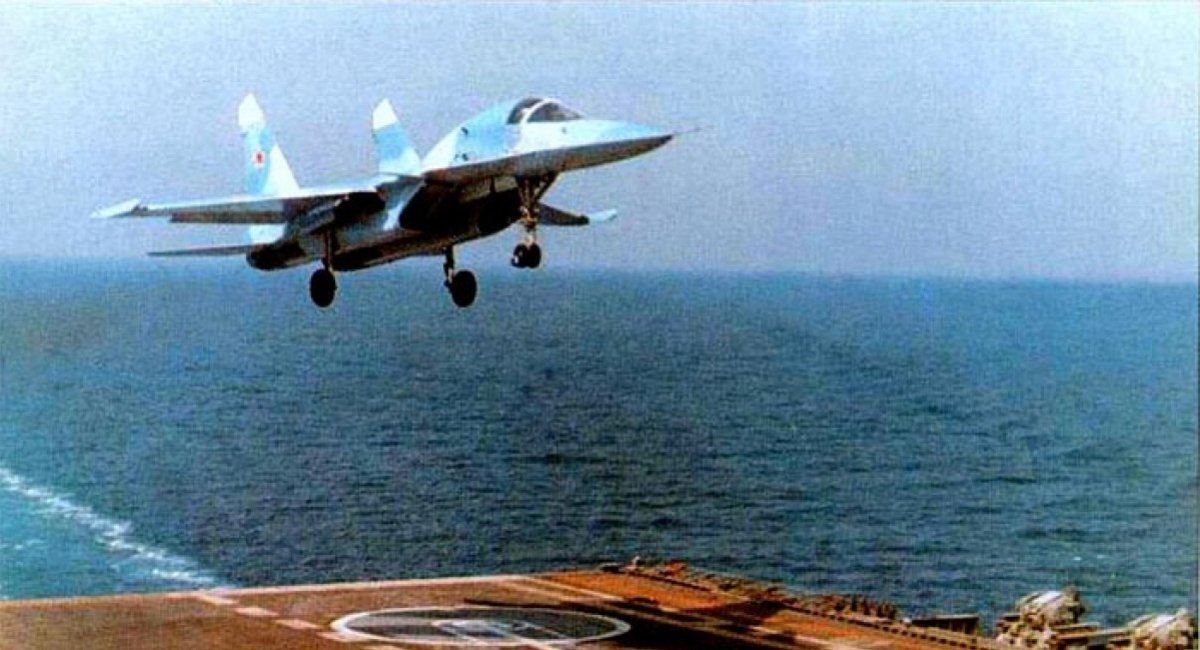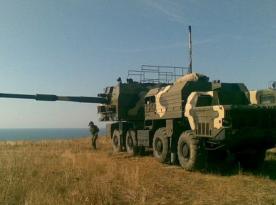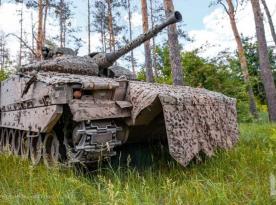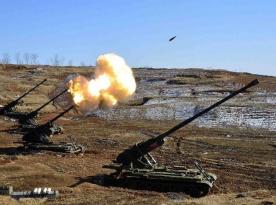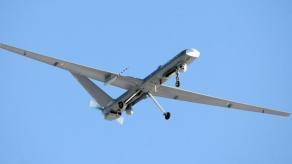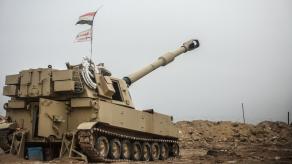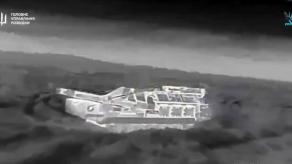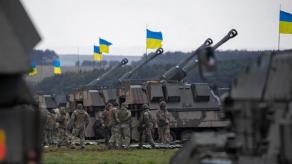In the 1990s, Kremlin launched a subtle yet sophisticated disinformation campaign aimed at presenting its new Su-34 fighter prototype as a naval aviation asset — even though it was never designed for aircraft carrier operations. This elaborate effort provides a striking example of how russia has long used visual manipulation and selective data leaks to shape international perceptions of its weapons programs.
The prototype in question, labeled T-10V-1, underwent its first round of flight tests between 1990 and 1991. For reasons never fully explained by russian sources, several test flights occurred over the Black Sea — in particular, in the area of the Tbilisi aircraft carrier cruiser (later renamed to Admiral Kuznetsov).
Read more: Leidos Unveils America's Brand New 100kg Small Cruise Missile with 640 km Range
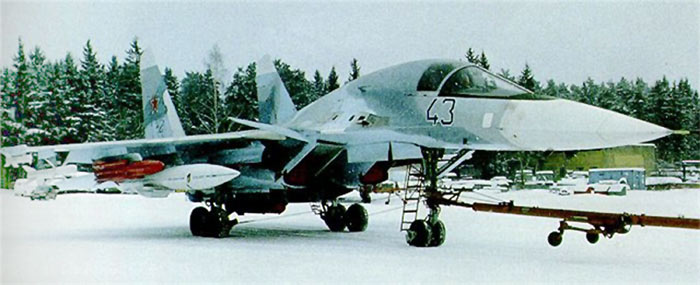
At least one photograph exists showing the Su-34 prototype simulating an approach to land on the Kuznetsov. While it lacked the structural features necessary for carrier landings, this staged maneuver provided russia with a visual asset to support the narrative that a carrier-based version of the aircraft was in development.
During its international debut at the 1995 Paris Air Show in Le Bourget, the aircraft was presented as the Su-32FN — with "FN" allegedly standing for "Fighter Navy". To reinforce this image, russian representatives floated claims that the aircraft would be equipped with the Morskoy Zmey (Sea Serpent) anti-submarine system, further muddying the waters between reality and fiction.
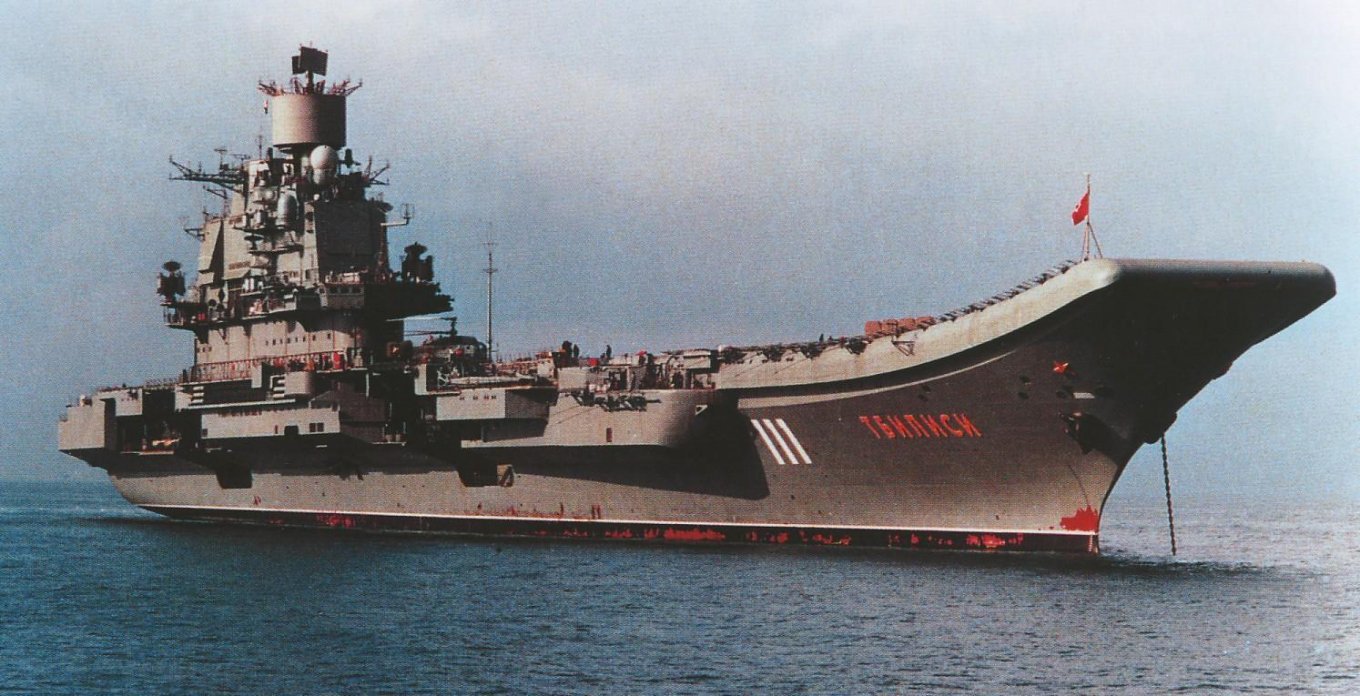
This fabricated naval identity also overlapped with an actual project: the Su-27KUB (also known as Su-33UB), a carrier-based two-seat trainer visually similar to the Su-34. Unlike the Su-34’s flattened cockpit section, the Su-33UB featured a circular cross-section in its forward fuselage. There is confusion even among russian sources about the role of this aircraft — some claimed it would be unarmed, used solely for pilot training, while others said it was intended to carry the same weapons suite as the Su-33.
The Su-33UB flew for the first time in 1989. Only one prototype was built before the program was halted in 1999. However, some design elements reportedly made their way into the serial production version of the Su-34.
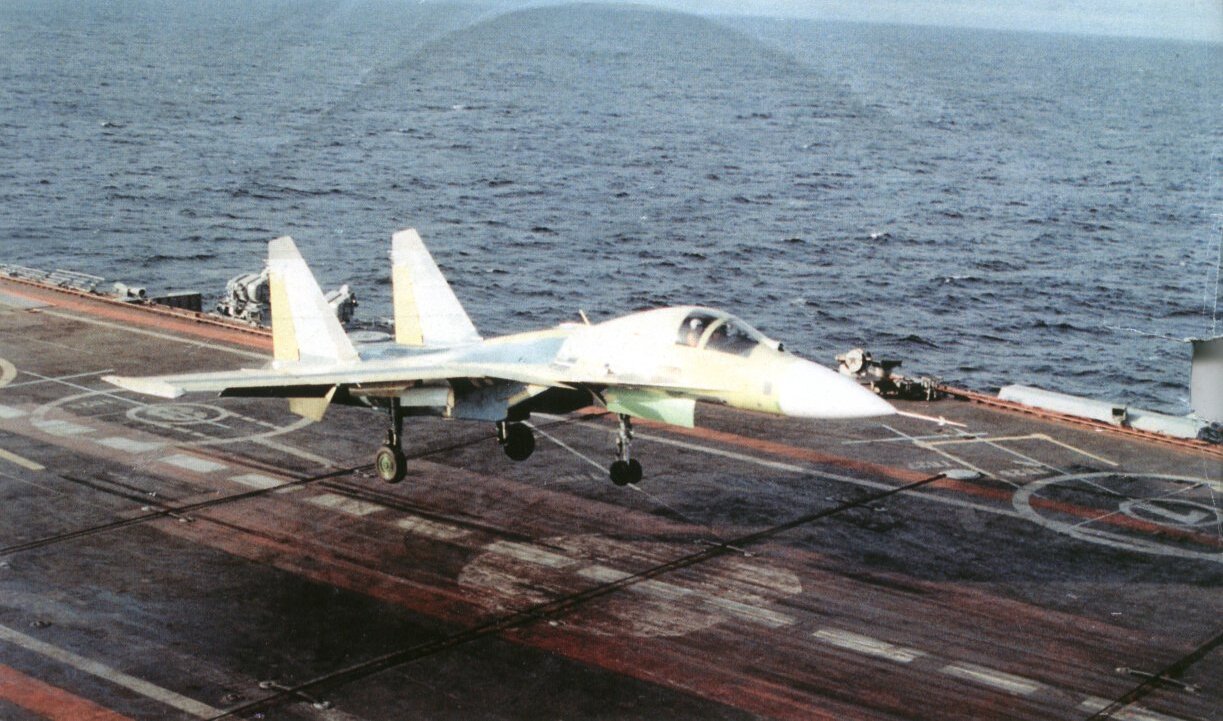
This case illustrates how even in the early post-Soviet era, russia engaged in deliberate misdirection regarding its defense capabilities — a tactic still in use today.
Read more: A Closer Look at Katran, russia's "Own" Naval Drone




